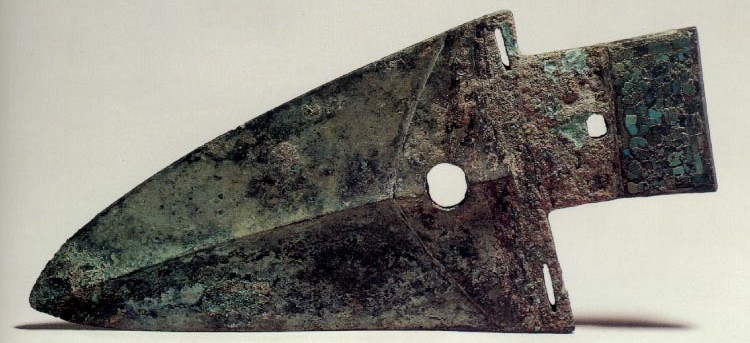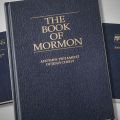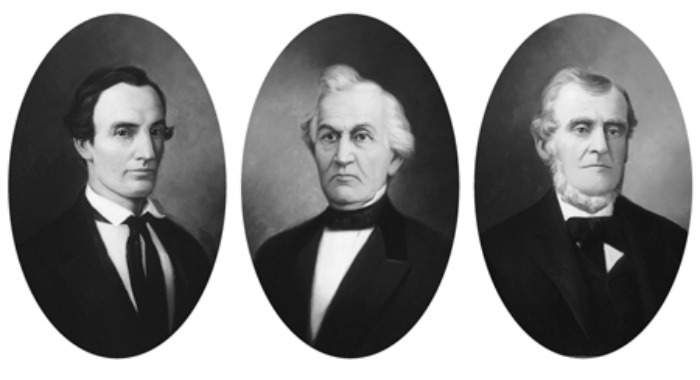Question
Dear Gramps,
I was wondering if there is any archaeological evidence to support things mentioned in the Book of Mormon such as wheat, barley, copper, and steel in America? People keep saying that Mormonism isn’t true because of this.
Landen
Answer
Dear Landen,
I have addressed similar questions in the past, but I notice yours is targeted specifically towards the metallurgical aspects of The Book of Mormon. I find this quite flattering, that critics and people “who keep saying Mormonism isn’t true” read my answers, recognize their errors, and modify their criticisms. Their concern used to revolve around steel and pre-Columbian animals, but has now shifted to steel and raw metals.
Before I go full swing towards addressing your concerns, let me point out two advantages Old World archaeology has over New World archaeology. First, the Holy Land has a history that quickly intertwines with Europe. So when the precursor to the modern sects decided to include preserve sacred history, they knew exactly where to travel and could more easily authenticate items because there was a shorter timeline to account for. That being said, their zeal to find anything and everything related to our Lord has caused more modern archaeologists and historians to call into question the authenticity of such relics. The Americas, on the other hand, weren’t available for study until almost the 16th century. And even then, preserving the histories of the indigenous peoples was not a very high priority. Second, Mesopotamia has almost ideal conditions for historic preservation. Outside fertile deltas, cities are built on top of ancient cities (and thus, archaeological value is intrinsically known and considered), it is largely unpopulated desert. Such desirable conditions souls have revealed all its secrets ages ago, and yet, in the 50’s the Dead Sea Scrolls surfaced and brought new life to the historic record. Before then, the earliest Hebrew manuscript of the Old Testament postdated the life of Jesus by over a thousand years! Lehite archaeology comes with an even greater handicap because their history probably takes place in a humid climate, and may even have modern cities built over the ancient ones with no recognition of the treasure that lies beneath.
With that caveat in place, ancient American scholars have come a long way towards vindicating claims made in our modern scripture. Steel (modified iron), for instance, has been found in the Americas. As Dr. Sorenson has observed:
“The translation problem haunts “steel” too. We can hardly be sure of its referent substance in the Book of Mormon when “steel” in the King James Version of the Bible “should often be read ‘bronze’ or ‘copper.’ Moreover, meteoric nickel-iron has been termed “a type of steel,” and this substance was well-known in Mesoamerica. Iron was used in Mesoamerica, although. little technical testing has been done to determine how much of it was smelted and how much meteoritic. Archaeologist Sigvald Linne found a piece of smelted iron in a tomb at Mitla, Oaxaca, while at Teotihuacan, he excavated a pottery vessel which had been used for melting a ‘metallic-looking’ mass which contained iron and copper. Iron artifacts and minerals have appeared in numerous excavations and museum collections in Mesoamerica and are mentioned in traditions. It is not out of the question that this metal was used with some consistency before the arrival of the Spaniards.”
This also covers the ancient use of copper as well.
Robert Bennett has written a good summary on agricultural research as it relates to Mormon apologetics. In short, “wheat” and “barley” could be the Old World terms applied New World grains (they aren’t mentioned often, so they might not be a regular staple), or they could be actual, literal varieties of the grain.
As interest has grown in these new continents, archaeologists inside and outside of the Church have made more and more discoveries backing up The Book of Mormon’s bold claims. The gap in scholarship is rapidly closing, and yet, that’s not what brings the believer to the throne of grace. The honest disciple does not follow Christ because she can kneel where His prophets healed in His name, nor because she can meditate in the same grove in New York where He picked up His work anew and called another witness. A disciple believes because the third member of the Godhead has testified that the path of discipleship is God’s will for her, and the scriptures, old and new, teach that path from the mouth of God.
Gramps







